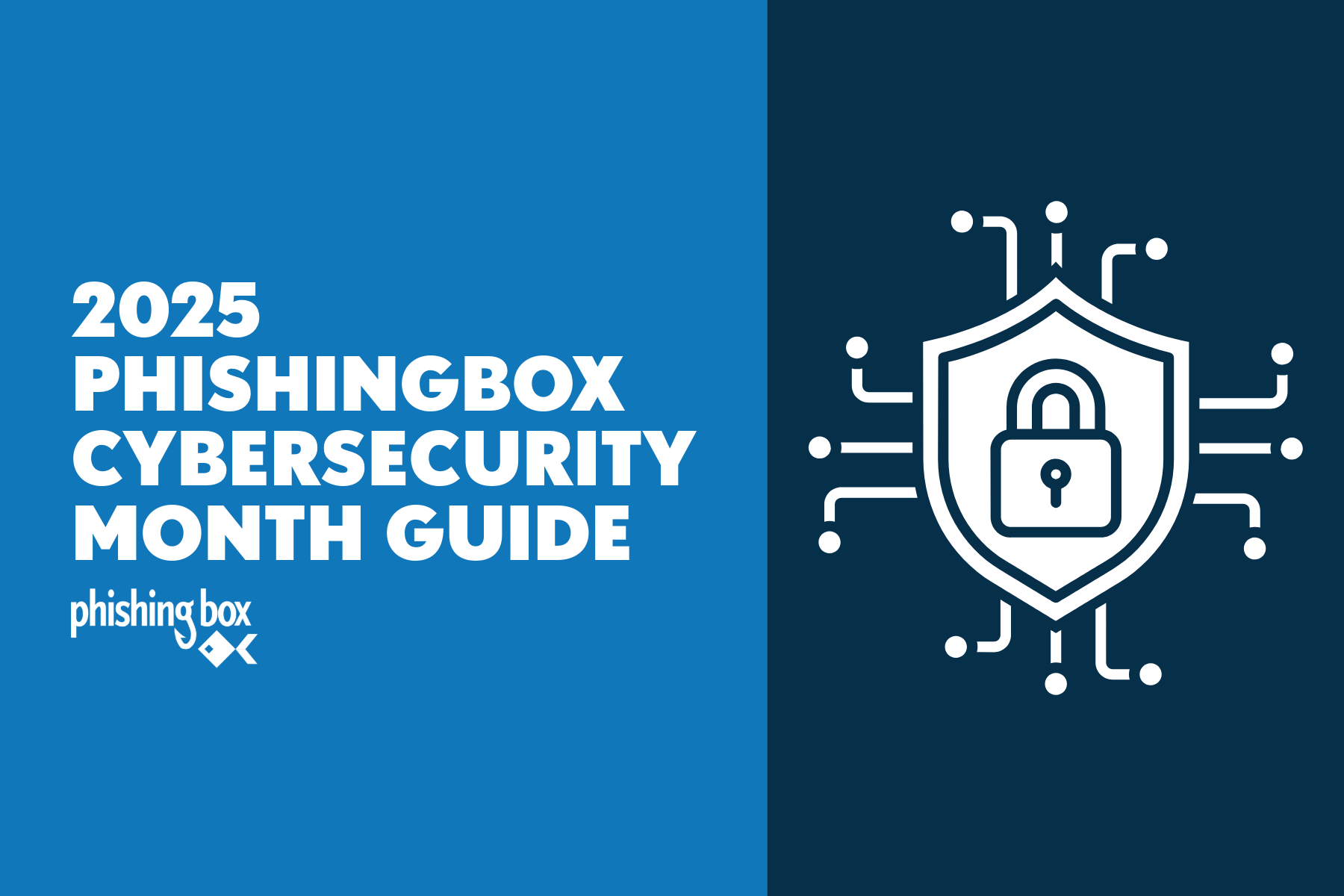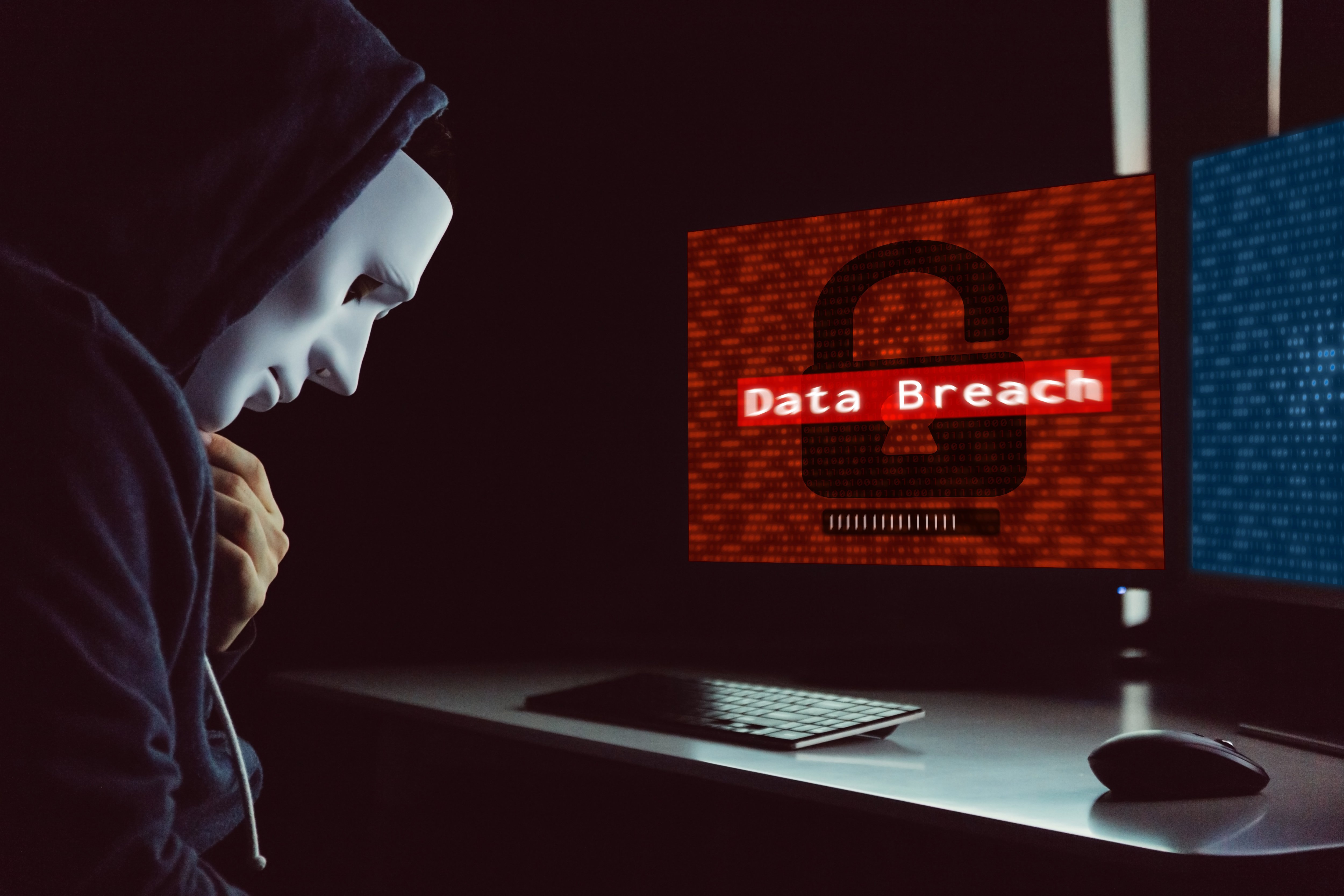While there’s plenty of talk surrounding the rise of artificial intelligence and the role it will play in defending, as well as being used to attack, our digital world, the largest threat to every organization today is not a Skynet future.
The biggest problem is very likely internal staff.
As more and more companies, associations, and institutions increasingly rely on technology to run operations and store sensitive information, the door remains fairly wide open for cybercriminals to exploit the weakest link in the armor…the human element.
That’s right, the biggest cyberattack threat vector is your own dedicated team of employees or, in some cases, a disgruntled staffer.
Let’s take a look at some of the biggest cybersecurity risks with human factors and how they can impact an organization's financial position.
Phishing Attacks
Phishing attacks come in the form of an email appearing to be from a trusted, known source, like a bank, vendor, or even a colleague. The phishing email typically harbors a malicious hyperlink or nefarious attachment that, when clicked, leads the user to a fake website replicating the real original or installing ransomware behind the scenes. Prompted to divulge authentication credentials, the unsuspecting user mistakenly provides private access information to a cybercriminal attacker.
Phishing attacks are one of the most common and well-known types of cyberattacks today. As a whole, phishing attacks account for a significant portion of data breaches.
According to a recent Verizon Data Breach Investigations Report, phishing attacks were involved in 36% of data breaches.
The financial impact stemming from a successful phishing attack can be significant and catastrophic. Hackers and scammers use stolen credentials to access company systems and steal sensitive info. Any private info, like customer data, financial records, and intellectual property can be valuable to the cybercriminal looking to further exploit holes in the shield or sell innocent and unsuspecting victim info on the dark web.
As if that wasn’t bad enough, businesses often lose revenue, face fines, and even legal costs, which all add up to a shudderingly shocking statistic…most small businesses are forced to close their doors within six months of a successful cyberattack.
Weak Passwords
Weak passwords are another common human error leading to cybersecurity breaches. Many employees use weak passwords easily guessed by the cybercriminals targeting them or cracked easily by the powerful tools at the disposal of many cybercrime syndicates.
Reusing these easily-guessed passwords is another common mistake we’ve all made out of convenience.
What was intended to make our lives easier at work also allows for an easier day at work for today’s cybercriminal.
To really make your head spin, a recent study conducted by SplashData showed the most common passwords were "123456" and "password."
We’re going to just let that sink in as you think about training your own staff on cybersecurity best practices and proper digital hygiene.
To mitigate this commonly practiced human risk, implement strong password policies and enforce adherence to the password guideline for employees to use complex passwords and change them regularly. Installing multi-factor authentication (MFA) where possible provides an additional layer of protection for your users as well.
Insider Threats
An internal threat presents perhaps the greatest risk possible for an organization. These insider threats can come from employees, contractors, or partners who have access to sensitive information and systems and are looking to leak and exploit private information.
Insider threats can take many forms. Anything from intentional data theft to accidental data exposure, or even negligence, can result from human error. According to a recent Cost of Insider Threats Report, the average cost of an insider threat is $11.45 million.
How would that impact your organization? Would nearly $12 million in lost funds and damages be a knock-out punch?
Lost revenue, compounding legal costs, and brand reputation damage all factor into the total cost of a data breach or intentional leak via an internal threat.
While no one likes being monitored, keeping tabs on employee activity while on the clock, utilizing work property and systems, can reduce the risk of an insider threat and cut down the reaction time of essential IT staff to a breach or suspicious activity.
Social Engineering
Manipulating people and preying on the human psyche to be helpful or resolve problems quickly before upper management becomes aware tricks many unsuspecting staffers.
Social engineering can include any or all of the following cyber threat vectors to create a well-designed cyberattack: phishing, smishing, and vishing.
If an external hacker is able to gain access to company systems and steal sensitive information, or hold manufacturing operations hostage, an organization can be on the hook for lost revenue, fines, and burdensome legal costs.
Mitigate social engineering risk by creating a holistic cybersecurity training program centered on realistic phishing simulation and phishing training.
The Bottom Line
Human factors are the biggest cybersecurity threat to any organization. Everything from common phishing attacks to weak passwords, insider threats to social engineering, are just examples of how human factors can lead to cybersecurity defense done right.
For a FREE analysis of your current human risk exposure, click the Learn More button to the right and schedule a customized demonstration with one of our subject matter experts today!


